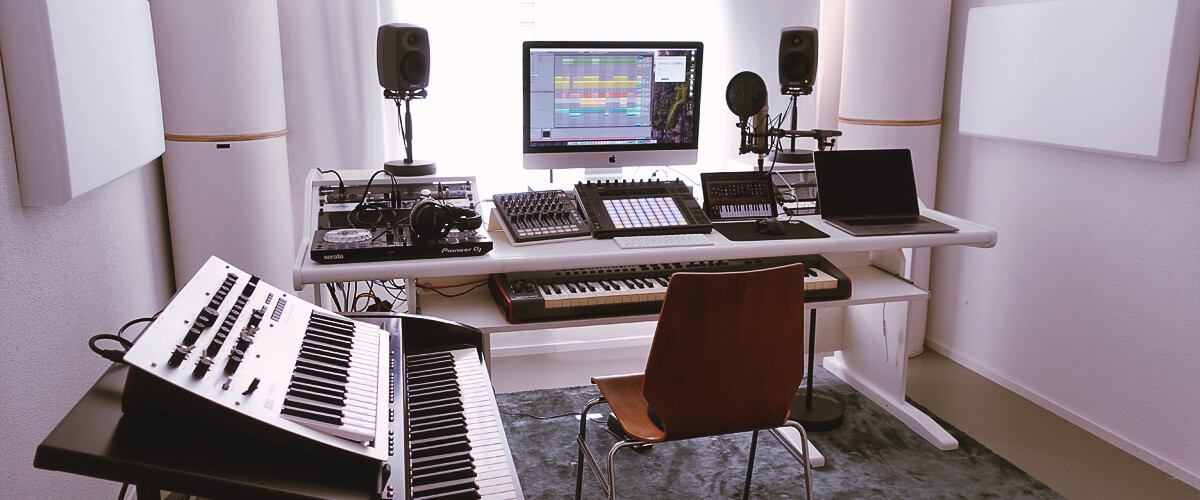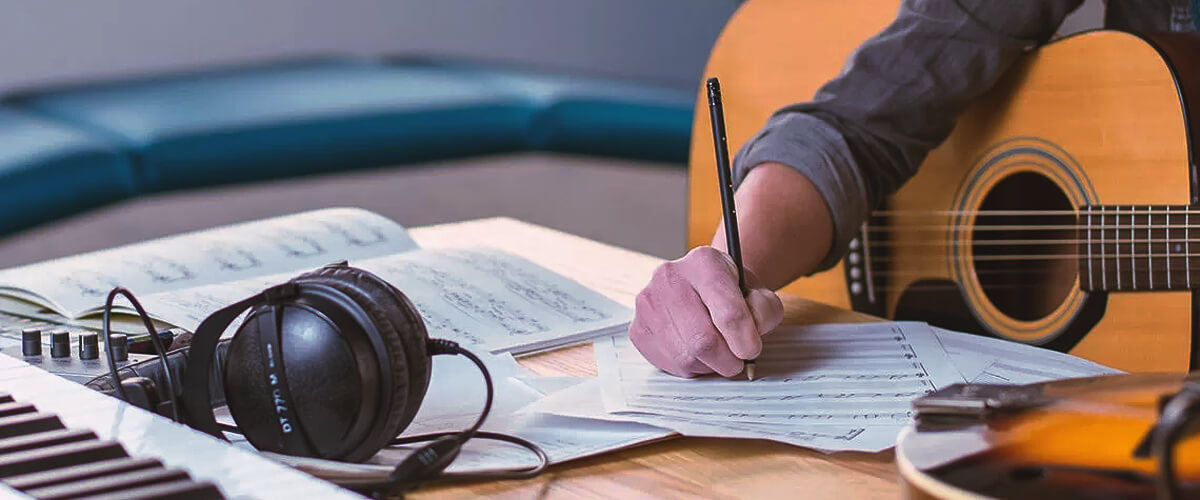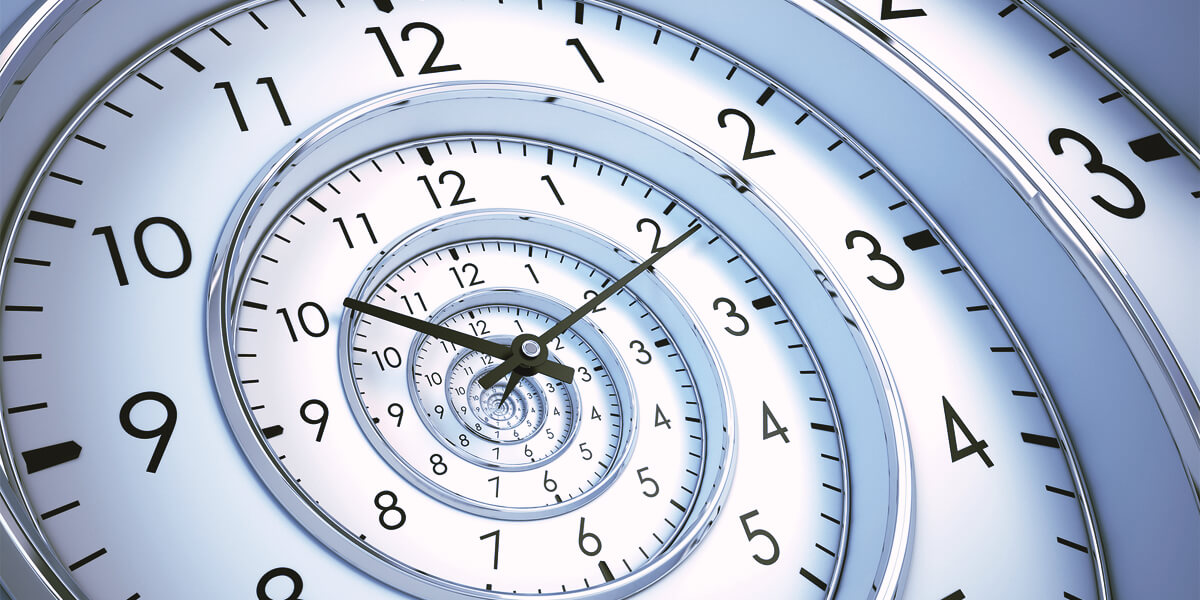The duration of a song determines its ability to captivate listeners, convey a desired message, and create a memorable experience. Whether it’s a concise burst of energy or an epic journey, the average song length plays a crucial role in establishing a sense of cohesion. To fully understand the impact of song length, it’s important to address the question that often arises: “How long should a song be?”
In this article, I will discuss the significance of the average composition length in a musical composition, and we will find the answer to the above question together.
Understanding the concept of song length
Song length refers to the duration of a musical composition, measuring the time it takes for a musical piece to unfold from beginning to end. It is an essential aspect of music composition that greatly impacts the overall structure and impact of a piece. The importance of composition length lies in its ability to capture and maintain the listener’s attention, convey a musical idea effectively, and create a memorable experience.
Several factors influence the duration of a song. Genre conventions, artistic intent, and the intended audience all play a role in determining the optimal length.
If I could write you a song, I would carefully consider its length, ensuring that it captivates your attention within the ideal duration and leaves a lasting impression. And this would be my top priority in the creation process.
Delving into the average song length

Now, let’s delve deeper into this subject and uncover the factors that contribute to the average song length.
One notable observation is the shift in composition lengths over the years. In the past, musical pieces were often constrained by the limitations of vinyl records and radio airplay requirements, resulting in shorter durations. However, with advancements in music production techniques and the advent of digital platforms, performers have embraced longer compositions to explore more complex musical structures.
Here are some factors influencing the average song length:
- Commercial considerations. Radio airplay and streaming platform guidelines influence the duration of musical pieces.
- Genre conventions. Different genres have varying expectations regarding song length.
- Artistic intent. The desired emotional impact and storytelling play a role in determining song length.
- Audience preferences. Consideration of listeners’ attention spans and consumption habits.
- Creative experimentation. Performers push boundaries and challenge traditional composition structures.
Remember, as a singer, it’s your unique voice and vision that sets you apart. Embrace the freedom to craft compositions that resonate with your audience and leave a lasting impact.
The radio-friendly format: standard length for radio songs
The radio-friendly song length, typically ranging from three to four minutes, has become a standard format for commercial radio stations. Let’s explore the historical and commercial reasons behind the popularization of this format and discuss how it influences songwriting and listeners’ preferences.
- Historical and commercial significance: The emergence of radio as a dominant medium for music consumption played a pivotal role in establishing the standard composition length. In the early days of radio, limited airtime and technical constraints necessitated shorter musical pieces to accommodate advertisements and fit within programming schedules.
- Impact on songwriting and listeners’ preferences: The radio-friendly format has had a profound impact on the songwriting process. Singers often prioritize catchy hooks, memorable choruses, and concise composition structures to capture listeners’ attention within a limited timeframe. Examples of songs that adhere to the radio-friendly format include The Beatles’ “Hey Jude,” Ed Sheeran’s “Shape of You,”Guns N’ Roses.” These songs showcase how performers have successfully crafted engaging tracks that fit the radio-friendly format while still expressing their artistic vision. The shorter duration aligns with modern listeners’ shorter attention spans and provides a convenient format for radio rotation, streaming platforms, and playlist curation.
Genre-specific song lengths: a comparative analysis

Song lengths may vary significantly across different genres. From the concise pop hits to the sprawling epic compositions of rock and electronic music, each genre seems to have its own preferred duration. So, let’s delve into the average song lengths of five prominent genres:
- Pop music, known for its catchy hooks and infectious melodies, often gravitates towards shorter song lengths. With a focus on commercial appeal and radio play, pop songs typically range from two to three and a half minutes. 2-minute songs allow for maximum impact, captivating listeners with instantly gratifying hooks and memorable choruses.
- Rock compositions frequently feature extended instrumental sections, intricate guitar solos, and intricate musical piece structures. As a result, rock songs can stretch beyond the typical three to four-minute mark, with many exceeding five minutes or more.
- Country compositions typically range from three to four minutes, allowing ample time for narrative development and emotional connection with the listeners.
- While some hip-hop tracks adhere to the pop formula of shorter durations, others push the boundaries and extend beyond the typical length.
- From concise radio-friendly electronic tracks to expansive and atmospheric compositions, the genre offers composers the freedom to explore diverse structures and sonic landscapes.
Long-form melodies: exploring the role and impact of songs longer than five minutes
Songs that transcend the conventional three to four-minute duration have carved a unique space in various genres, offering performers the opportunity to delve into extended musical journeys. In this section, I will explore the diverse applications and significance of songs that exceed five minutes.
- Diverse applications. Longer musical pieces find their home in genres such as progressive rock, where they serve as epic compositions featuring intricate musical explorations, virtuosic instrumental performances, and seamless thematic fusion. In the realm of ambient music, elongated compositions create a meditative and atmospheric experience, enveloping listeners in a tapestry of sound and inviting introspection. Moreover, within cinematic scores, longer compositions complement visual storytelling.
- Artistic and aesthetic significance. 5-minute songs serve as canvases for performers to unleash creativity and fully develop musical ideas. In genres like progressive rock, extended compositions allow for complex musical arrangements, progressive structures, and extended solos that showcase the musicians’ technical skills and artistic vision. The elongated format in ambient music allows for gradual sonic evolution, creating an immersive sonic landscape. In cinematic scores, longer songs provide ample space for thematic development.
Here are some examples:
- “Stairway to Heaven” by Led Zeppelin (progressive rock).
- “Autobahn” by Kraftwerk (electronic/ambient).
- “The Great Gig in the Sky” by Pink Floyd (progressive rock).
- “Clair de Lune” by Claude Debussy (classical).
- “Echoes” by Pink Floyd (progressive rock).
- “Marquee Moon” by Television (post-punk).
These examples highlight the diverse genres and notable compositions that embrace longer durations, showcasing the artistic prowess and creative possibilities that extended compositions offer.
How to write a song: the principles and guidelines

Songwriting is a creative and fulfilling process that allows musicians to express their emotions and connect with audiences. Wondering how to write a song? Let’s explore the basic steps and considerations in songwriting:
- Start by finding inspiration for your composition, whether it’s a personal experience, an emotion, or a story. Brainstorm ideas and concepts that resonate with you.
- Develop the lyrics and melody simultaneously. Experiment with different chord progressions, melodies, and rhyme schemes to find the right fit for your song’s theme and mood.
- Establish the structure of your song, typically consisting of verses, choruses, a bridge, and possibly a pre-chorus or outro. Consider the arrangement of instruments and dynamics to enhance the song’s impact. The most common question people ask is how long should a verse be in a song? I would advise sticking to the rule that a verse should be no longer than one minute.
- When it comes to the order of processing, a common question that arises is, “Should I apply EQ before or after compression?” Understanding the impact of the order allows for informed decision-making.
- When it comes to composition length, there are no strict rules. For radio-friendly pop songs, keeping the length between three to four minutes is often recommended, as it aligns with commercial standards. However, in genres like progressive rock or jazz, longer musical pieces that allow for musical exploration and development are more common.
Remember, musical piece length should serve the overall artistic vision and purpose of your song. It’s essential to trust your instincts and let the music guide you in determining the appropriate duration.
If you’re passionate about writing commercial composition and want to learn the exact methods used by professionals, I highly recommend enrolling in “The Basics Of Pro Songwriting” course. It offers a comprehensive understanding of the fundamentals of songwriting, guiding you through the process of crafting impactful songs that resonate with audiences.











